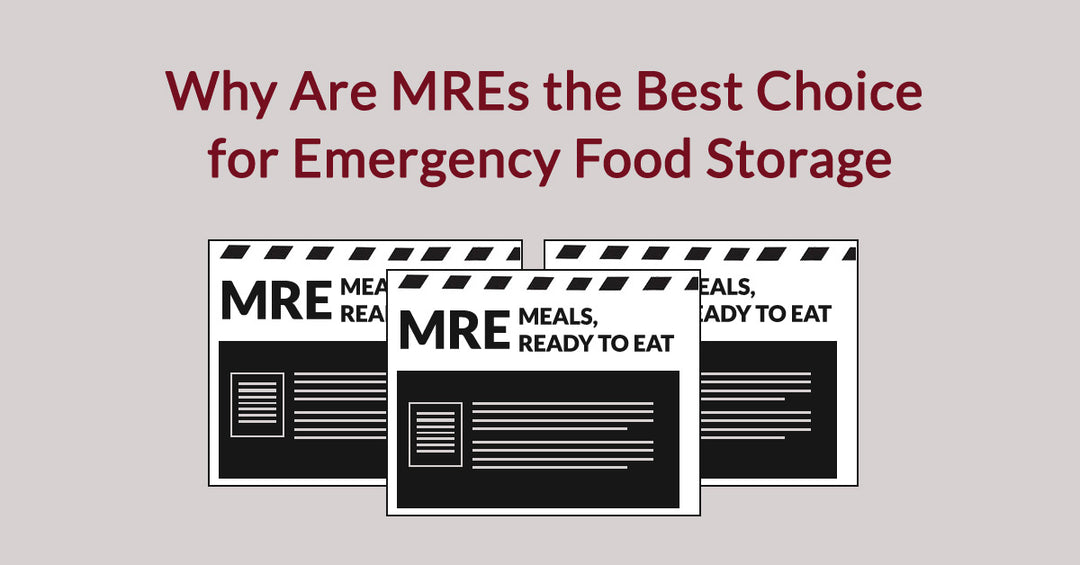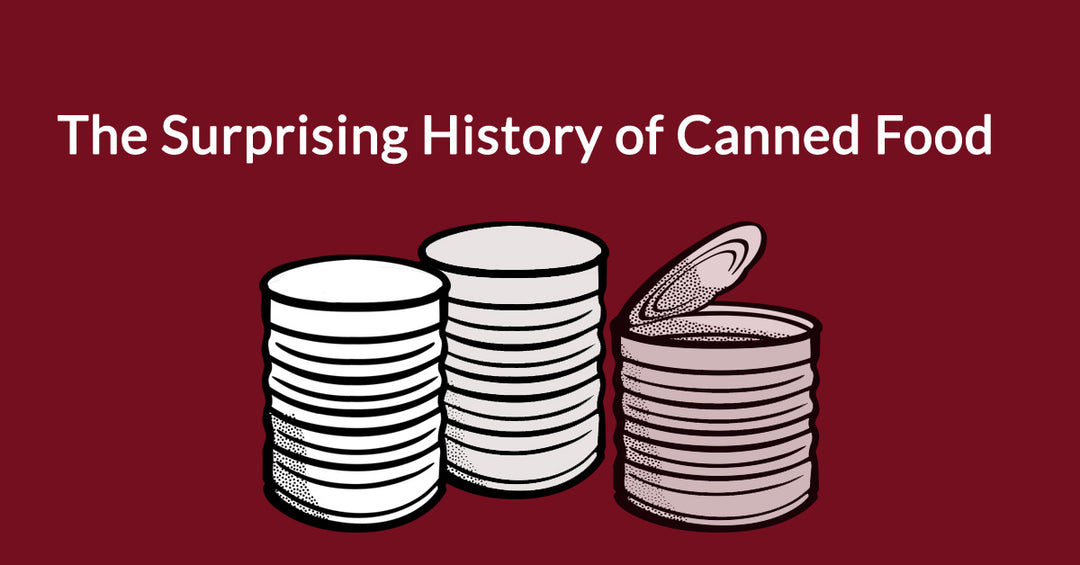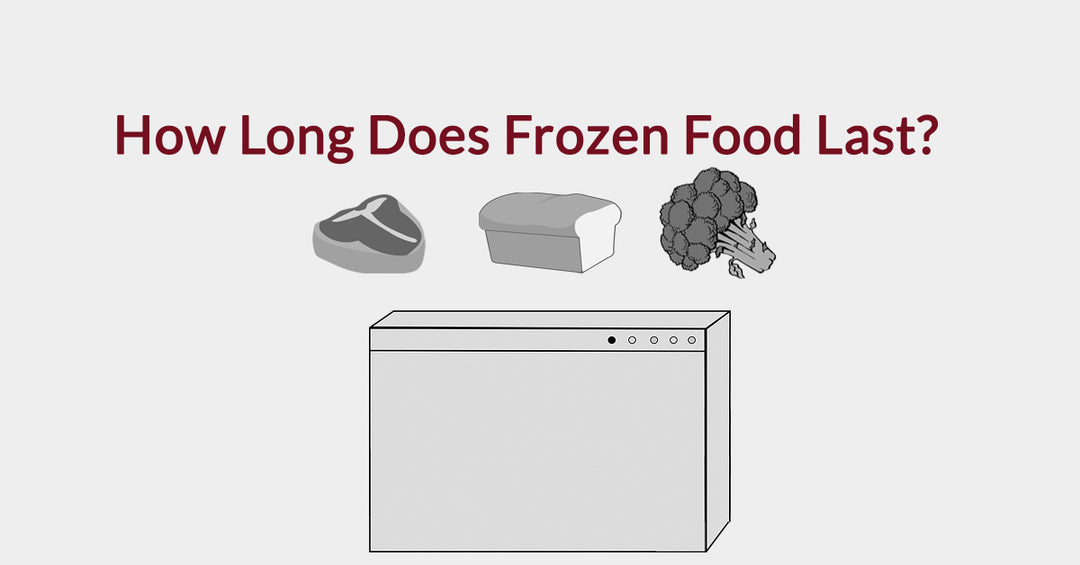US Food Supply Disaster Series: Hurricane Isabel (September 2003, Mid-Atlantic States)

In September 2003, Hurricane Isabel, a powerful Category 2 hurricane, swept through the Mid-Atlantic States, leaving a wide swath of destruction in its wake. While its winds caused significant damage, Isabel's most pervasive and challenging impact stemmed from widespread and prolonged power outages. These outages disrupted not just daily life, but fundamentally challenged food security across Virginia, Maryland, and parts of North Carolina. The experiences during Isabel offered crucial insights into the vulnerabilities of our food systems during large-scale power disruptions and spurred significant investments in regional disaster preparedness and food distribution strategies.
The Silent Threat: Power Outages and Food Challenges
Hurricane Isabel’s impact on the food supply was primarily driven by the sheer scale and duration of the power outages. Millions of homes and businesses lost electricity, some for well over a week, and in isolated instances, even longer. This immediately rendered refrigerators and freezers useless, leading to extensive food spoilage in homes and grocery stores alike. Families were forced to discard perishable items, representing a significant financial loss and creating immediate needs for alternative food sources. The Virginia Department of Health, in its post-Isabel assessments, noted the significant public health concern posed by spoiled food and the challenges in communicating food safety guidelines during widespread outages. (Source: Virginia Department of Health, post-disaster reports)
Beyond individual households, the lack of power crippled the retail food sector. Closed stores were a common sight across affected areas. Grocery stores, convenience stores, and restaurants could not operate, either due to power loss, physical damage, or staff unable to reach their workplaces. This meant that even if residents had money, they had no place to purchase fresh food, ice, or other necessities.
The geographic spread of Isabel's impact also presented significant logistical obstacles. While major metropolitan areas like Richmond and Baltimore faced challenges, rural areas were particularly hard hit. Many of these communities became inaccessible by road for several days due to downed trees, power lines, and localized flooding. This isolation made it incredibly difficult for emergency responders and aid organizations to deliver essential supplies, including food and water. This highlighted a critical gap in supply chain resilience for remote populations.
Building Resilience: Strategic Investments in Food Aid
The prolonged and widespread challenges during Hurricane Isabel served as a wake-up call, directly contributing to a significant regional investment in emergency meal storage and the development of more robust state-level food distribution plans. The lessons learned aimed to prevent similar widespread food insecurity in future large-scale events.
One of the most tangible outcomes was the increased focus on pre-positioning and storing emergency meals. States and local governments began to establish dedicated warehouses and facilities for non-perishable, ready-to-eat meals, bottled water, and other essential supplies. These caches are strategically located to be accessible even if primary transportation routes are compromised. The goal was to have sufficient quantities of shelf-stable food that could be distributed immediately to shelters and impacted communities without relying on an active power grid or open grocery stores. These efforts often involved partnerships with commercial food suppliers and civilian aid organizations like the American Red Cross and local food banks. (Source: FEMA guidance on emergency preparedness and resource typing)
Furthermore, Isabel spurred the development of more detailed and agile state-level food distribution plans. These plans go beyond simply identifying warehouse locations. They include pre-identified distribution points (such as schools, community centers, and large civic buildings), established communication protocols for requesting and tracking food aid, and agreements with transportation companies for rapid deployment. The plans also account for diverse needs, including considerations for specialized dietary requirements and methods for reaching vulnerable populations who may not be able to travel to central distribution sites. (Source: FEMA, reports on logistics improvements post-2003 hurricane season)
For individuals, Isabel reinforced the perennial advice of having a well-stocked emergency kit, with a particular emphasis on non-perishable food items that require no cooking or refrigeration. This includes canned goods, dried fruits, nuts, and protein bars, along with a manual can opener. Residents were encouraged to have at least a 3-7 day supply of food and water for each family member. (Source: Ready.gov)




